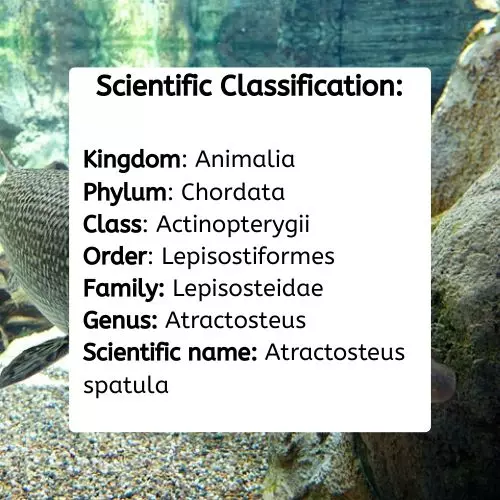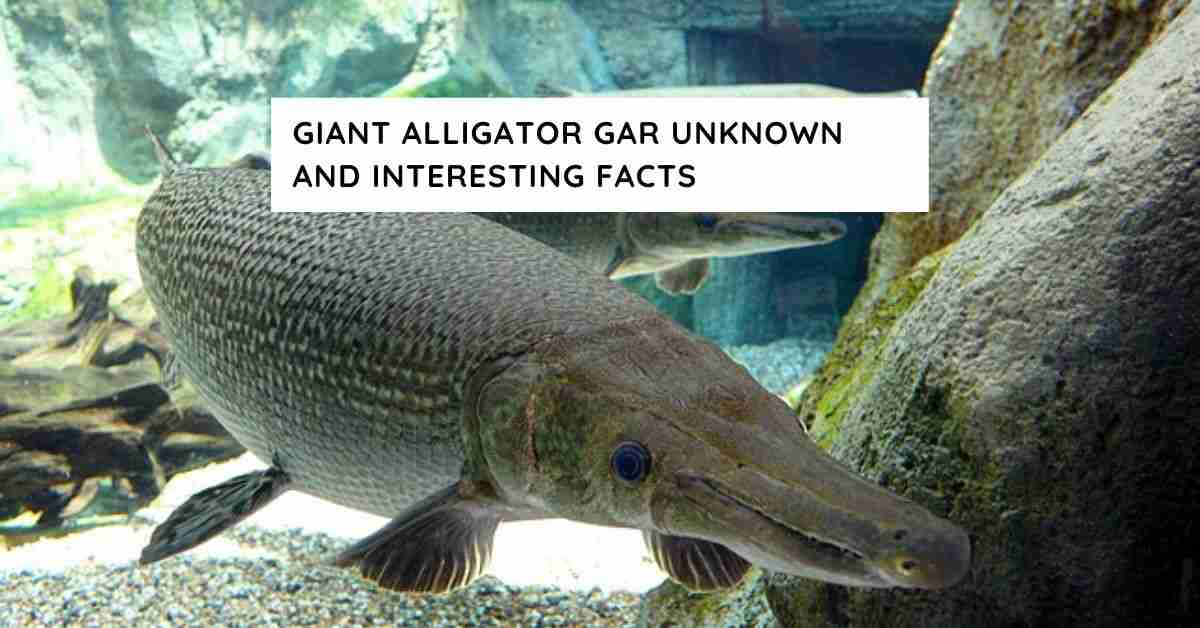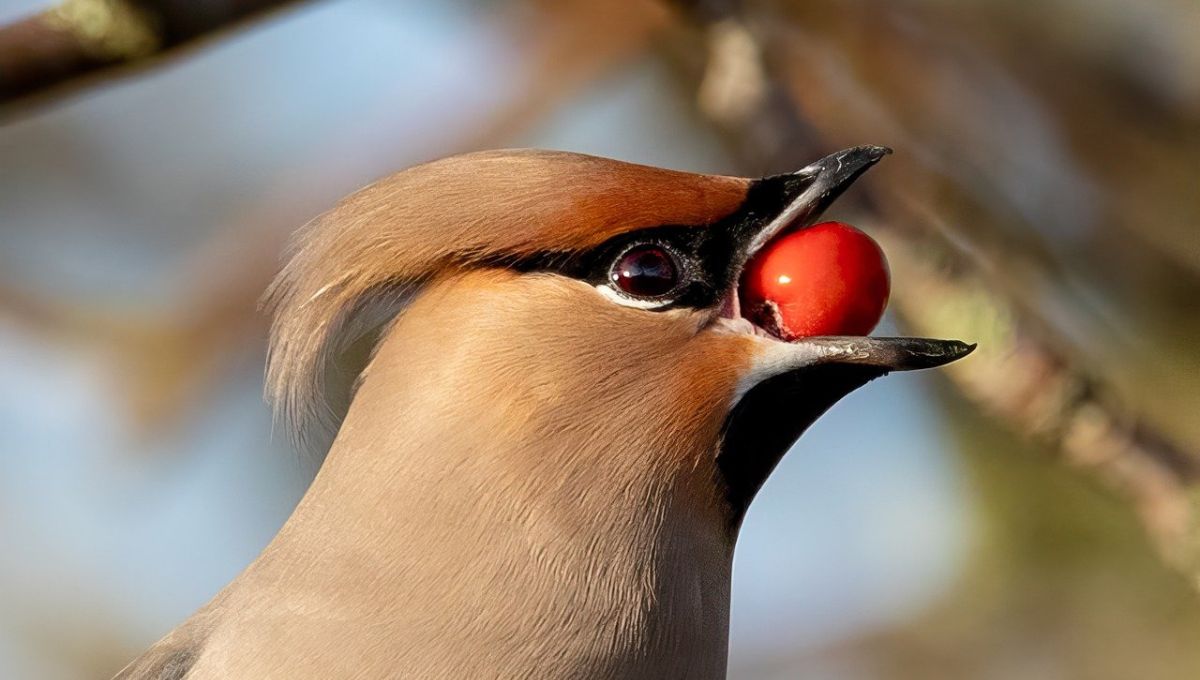The giant alligator gar (327 pounds, 8.5 feet long) is the world’s largest freshwater fish, but don’t let its large teeth and fearsome appearance fool you. It poses no particular risk of human attack.
Scientific Classification of Giant Alligator Gar:

Giant Alligator Gar Facts:

Main prey: fish, turtles, birds and mammals
Group Behavior: Solitary
Fun fact: Alligator eggs contain poisonous eggs to protect them from predators
Estimated population size: Unknown
Biggest Threat: Overhunting
Most distinctive feature: sharp teeth
Other names: Garpike
Gestation period: 6-8 days
Water Type: Fresh
Habitat: Rivers, lakes, swamps, bayous and estuaries
Predators: Humans and alligators
Diet: Carnivorous
Type: Rayed fish
Common Name: Alligator Gar
Number of species: 1
4 Incredible Giant Alligator Gar Facts!
- The evolution of gar in the fossil record goes back more than 100 million years. Modern gars still retain many of the “ancient” features, including the ability to breathe in both air and water. The name “gar” is based on an Anglo-Saxon word meaning spike or lance. (Anglo-Saxon was the language before the development of modern English).
- The garter has heavy scales on its body.
- Some Native Americans made arrowheads and axes from alligator gar scales and heads.
- Garty, the largest alligator ever caught, weighed 327 pounds! It was caught in Mississippi. Exceptionally large alligator gars are also most common in Texas.
know more about angelfish facts
Giant Alligator Gar Physical Features:
Color: brown, gray, Yellow, white, the green
Skin Type: Scaly
Lifespan: About 50 years
Weight: Up to 350lbs
Length: Up to 3 m (10 ft).
Unfortunately, this species has acquired an unfavorable reputation in its native habitat as a garbage fish. Due to the mistaken belief that it damages nets and eats game fish, humans mercilessly hunted this species in the 20th century. Once this misconception was finally corrected, alligator gar numbers returned to previous levels.
- Discover 4 Species of Falcons in Alaska (2024)
- The Best Places to See Dolphins in Florida (2024)
- Small Birds with Long Necks: A Complete Guide (Bittern, Hummingbirds & More!)**
- Discover 4 Types of Egrets in Florida (2024)
- What do birds use their beaks for class 4 (2024)
Alligator Gar Classification and Scientific Name:
The scientific name of giant alligator gar is Atractosteus spatula. Alligator gar is closely related to two other gar species in the genus Atractosteus: the Cuban gar and the tropical gar.
There are four other species of gar that occupy the closely related genus Lepisosteus. These seven species together represent all known gar within the family Lepisosteidae.
Alligator Gar vs Longnose Gar:
The main difference is that the longnose gar has a shorter body (about 6.5 feet long) but a larger snout relative to its body size. It has a much wider distribution across most of the eastern United States.
Know more about Shrimp
Appearance of Alligator Gar:
Giant Alligator gar is a giant heavyweight fish in its native habitat. Measuring up to 10 feet and 350 pounds, it is the largest of all gar species and the largest freshwater fish anywhere in North America.
In 2011 the world record for a catch was set at 327 pounds. This record fish was found in Lake Chotard, Mississippi. The species name is apparently based on its physical resemblance to alligators.
Like its name, the alligator garty has a very long body and snout, ending in a row of sharp teeth. But unlike the gator, the garter has fins that help it swim underwater.
The two pectoral fins are located just next to the head, the pelvic fin is located halfway down the body, and the dorsal and anal fins are located just next to the tail.
Except for some rare variants, most alligator gar comes in the same color. Dark spots of gray, green and brown colors predominate around the back. These colors then turn yellow or white on the lower abdomen.
Read our latest post, Sea turtle facts
Giant Alligator Gar Distribution, Population and Habitat:
Giant alligator gar is found in lakes, rivers, estuaries, swamps, bayous, and reservoirs of the southern United States and eastern Mexico. Its range once extended as far north as Iowa and Nebraska, but after years of hunting, the alligator gar now occupies mostly the lower Mississippi River Valley and possibly as far south as Veracruz, Mexico.
The gar’s bladder acts as a type of lung that enables it to survive in water with low oxygen content. It also has some salt water tolerance, but will never venture into the open ocean.
The giant alligator gar is considered a species of Least Concern by the IUCN Red List. Common threats include pollution, habitat modification and over-hunting.
Giant alligator gar was once hunted on a large scale in the mistaken belief that it killed game fish and damaged fishing nets. Hunting has stopped, numbers have recovered somewhat, but it has yet to fill all of its former habitat.
Know more about, what is Siamese fighting fish?
Giant Alligator Gar Breeding and Lifespan:
Scientists have yet to study the reproductive behavior and development of alligator gar in depth. From what we understand, we can say that the breeding season occurs between May and July.
In Texas, at least, females don’t breed every year. Instead, water tends to reproduce when it overtops banks and creates floodplains. This allows her to lay thousands of dark green or red eggs on rocks and plants near the shore.
Although they receive minimal parental care, unborn larvae have a very useful defense mechanism: their eggs are poisonous to eat. After about six to eight days, the eggs hatch, measuring only a small fraction of their full adult size.
With their long, scaly bodies, they are almost stick-like. A disc on the snout allows them to attach to rocks and plants, where they absorb what’s left of the yolk sac and grow rapidly.
After the yolk decays, they must fend for themselves. Since a typical lake can support only a few hundred alligator gar, many young are obviously expected to be lost to predation.
These fish grow rapidly in the first year or two of its life, although the alligator gar takes about 10 years to reach sexual maturity. Some have a lifespan of over 50 years in the wild. Women seem to live longer on average than men.
SOURCES: Texas Gov, Wikipedia, National Geographic






